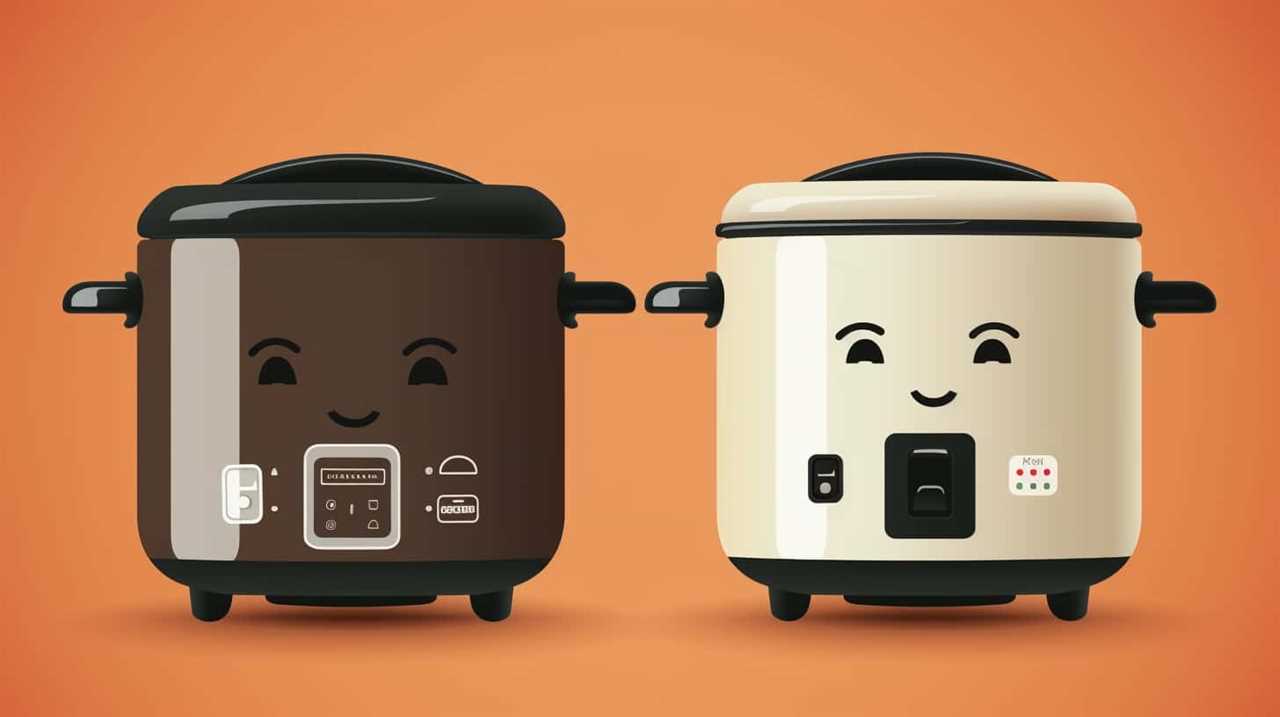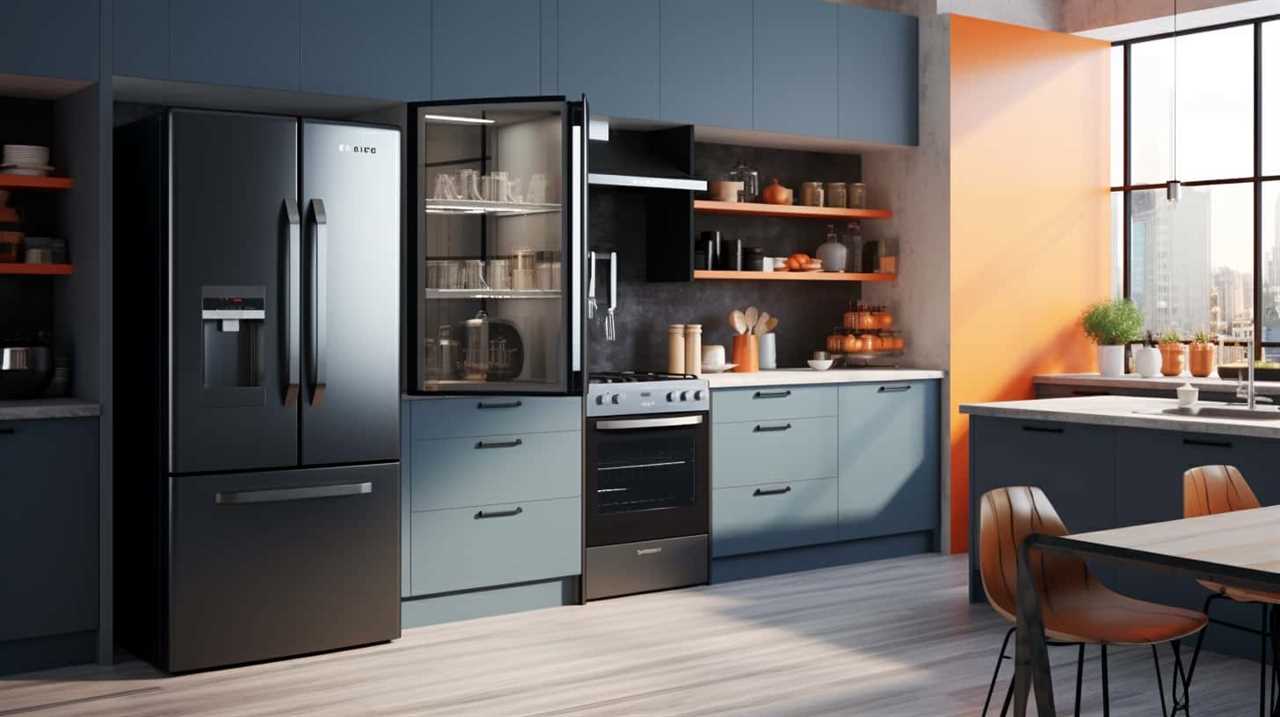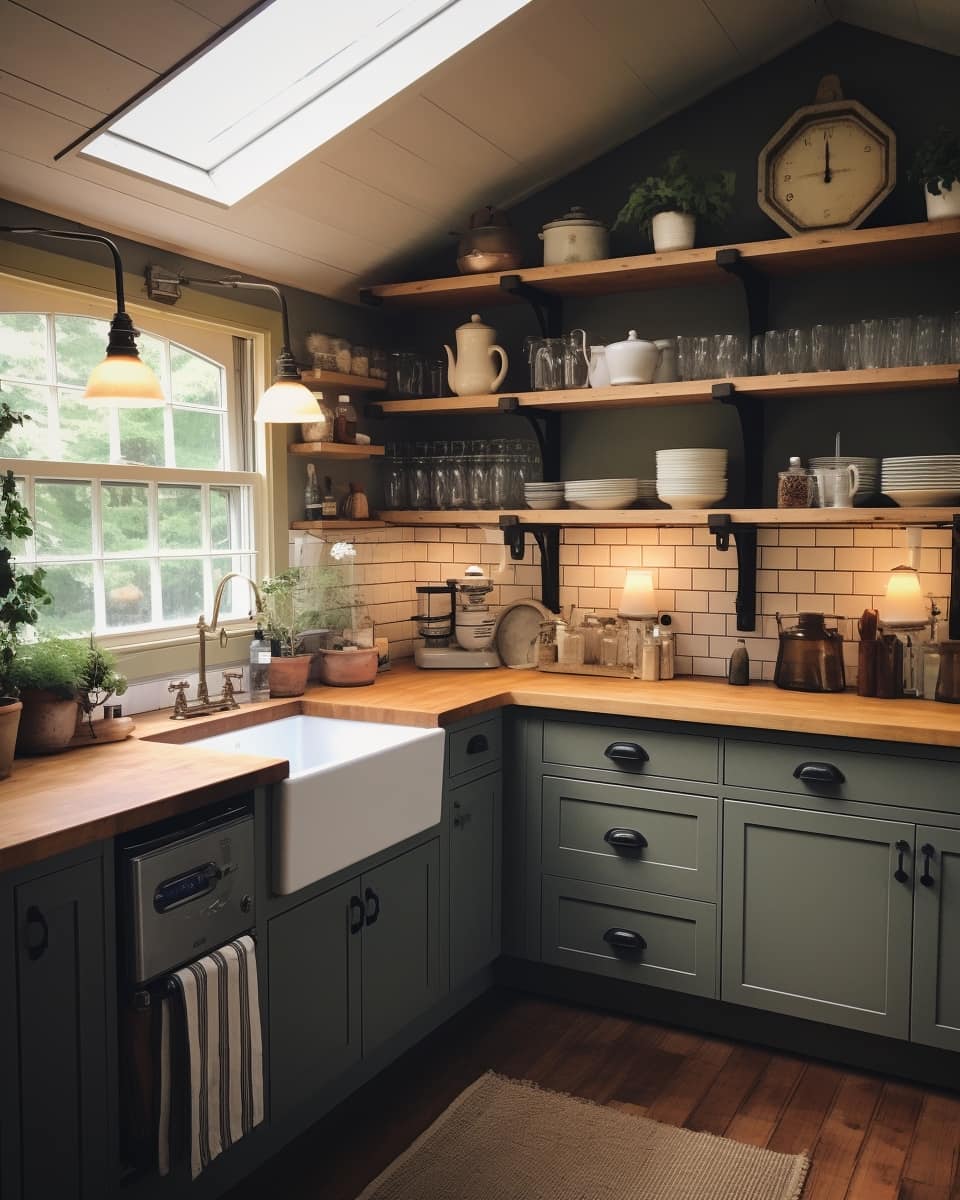
Are you considering bringing your favorite US appliances to Europe? Get ready for a rollercoaster as we guide you through voltage discrepancies, plug varieties, and compatibility.
We’ll explore the ins and outs of using US appliances in Europe, including the use of step-up transformers and power adapters.
So, grab your passport and get ready for some electrifying information!
Key Takeaways
- US appliances may not be compatible with European electrical systems due to voltage and frequency differences.
- Plug adapters can be used to physically connect US appliances to European outlets, but they do not change the voltage and may cause damage or malfunction.
- European countries have different plug types and voltages, so travelers should be aware of the specific plug type used in their destination.
- Voltage converters or transformers may be necessary to convert the voltage of US appliances to match the European standard.
Voltage Differences
We’ve encountered a significant voltage difference between the United States and Europe. In the US, the standard voltage for household appliances is 120 volts, while in Europe, it’s 220-240 volts. This discrepancy can pose a challenge when using US appliances in Europe.
To address this issue, there are two main options: plug adapters and voltage conversion methods.
Plug adapters are the simplest solution and allow US appliances to physically connect to European outlets. These adapters simply convert the plug shape, allowing the appliance to fit into the foreign socket. However, it’s important to note that plug adapters don’t change the voltage. Therefore, if the appliance isn’t compatible with the higher European voltage, it may get damaged or malfunction.
For appliances that require voltage conversion, there are voltage converters available. These devices can step down the European voltage to the required US voltage, allowing the appliance to function properly. It’s crucial to select the appropriate voltage converter based on the appliance’s power requirements.
Plug Types in Europe
When traveling to Europe, it’s important to consider the plug types used in different countries. European countries have different plug types and voltages, which may not be compatible with US appliances.

It’s essential to have the right adapters to ensure that your appliances can be safely and effectively used in Europe.
European Plug Compatibility
We found that there are multiple plug types in Europe, which can cause compatibility issues for US appliances. European plug standards vary across countries, making it essential for travelers to be aware of the specific plug type used in their destination. To help you navigate this, we have provided a table below highlighting three common plug types in Europe:
| Plug Type | Description |
|---|---|
| Type C | Also known as the Europlug, this two-pin plug is commonly used in most European countries. It operates on a voltage of 220-240V. |
| Type F | The Schuko plug, with two pins and two grounding clips, is widely used in Germany and other European countries. It also operates on a voltage of 220-240V. |
| Type G | Used in the United Kingdom and Ireland, the three-pin plug is known for its distinctive shape. It operates on a voltage of 230V. |
When traveling to Europe, it is crucial to check the plug type and voltage requirements of your appliances. In addition to the plug type, it may also be necessary to convert the voltage using a voltage converter or transformer to ensure compatibility and avoid damaging your US appliances.
Adapter Options for Appliances
Continuing our exploration of European plug compatibility, let’s delve into the adapter options available for appliances.

When it comes to using US appliances in Europe, the main concern is the difference in plug types. Fortunately, there are adapter options that can help bridge this gap. The most common adapter option is a plug adapter, which allows you to plug your US appliance into a European outlet. These adapters come in various types, so it’s important to choose the right one for your specific appliance and the country you’re visiting.
Another option is to use a voltage converter, especially if your appliance operates on a different voltage than what’s provided in Europe. However, it’s worth noting that not all appliances require a voltage converter. It’s important to check the voltage compatibility of your appliance before purchasing any adapters or converters.
With these adapter options for appliances, you can ensure that your US appliances work seamlessly in Europe.
Now let’s explore the compatibility of US appliances with European electrical systems.

US Appliances Compatibility
Most US appliances aren’t compatible with European electrical systems. This is primarily due to the difference in voltage and frequency between the two regions. In the US, appliances typically operate on a 120-volt, 60Hz electrical system, while in Europe, the standard voltage is 230 volts at 50Hz.
This difference in electrical standards means that US appliances may not function properly or may even get damaged if used in Europe without proper adaptation. It’s important for consumers to understand this in order to avoid potential issues and ensure the longevity of their appliances. Additionally, it’s worth noting that using US appliances in Europe may void any warranty they come with.
Troubleshooting US appliances in Europe can be challenging, as repair services and spare parts may not be readily available.
Step-Up Transformers
To ensure the compatibility of US appliances in Europe, one option is to use step-up transformers. Step-up transformers are devices that increase the voltage of an electrical current. They’re commonly used when traveling from a country with a lower voltage system, such as the US, to a country with a higher voltage system, such as Europe.

One of the benefits of using a step-up transformer is that it allows you to use your US appliances in Europe without the need for a voltage converter. This can be particularly useful if you’re traveling with sensitive electronic devices that require a specific voltage to function properly.
However, it’s important to note that step-up transformers have their limitations. They can only increase the voltage, not the frequency. So, if you’re traveling to a country with a different frequency than the US, your appliances may not work correctly even with a step-up transformer.
Power Adapters Vs. Converters
When using step-up transformers to ensure the compatibility of US appliances in Europe, it’s important to understand the difference between power adapters and converters.
A plug adapter, also known as a travel adapter, is a device that allows you to physically connect your US appliance to a European power outlet. It simply changes the shape of the plug, allowing it to fit into the different socket configuration.

On the other hand, a voltage converter is a device that not only changes the shape of the plug but also converts the voltage from European standards to match the requirements of your US appliance.
It’s essential to exercise caution when using voltage converters as they can pose safety risks if not used properly. Always check the wattage and voltage requirements of your appliance and ensure that the converter is rated for the same or higher values.
Additionally, never overload the converter by connecting multiple high-wattage appliances simultaneously.
Using US Appliances in Europe
We have found that many US appliances can be used in Europe with the proper equipment. When comparing US appliances to European appliances, there are a few key differences to consider.

US appliances typically operate on 120 volts, while European appliances run on 220-240 volts. This means that US appliances may not function properly without the use of a voltage converter or transformer.
However, there are benefits to using US appliances in Europe. One major advantage is compatibility with the US electrical system, which can save the hassle of purchasing new appliances. Additionally, US appliances often come with familiar features and settings that users may prefer.
Transitioning into the subsequent section about safety precautions, it’s important to note that using US appliances in Europe requires careful consideration and adherence to safety guidelines.
Safety Precautions
When using US appliances in Europe, it’s important to take safety precautions to ensure compatibility and prevent electrical hazards.

One key measure to consider is voltage compatibility, as the US operates on a 120-volt system while most of Europe uses 220-240 volts. This requires the use of voltage converters or dual voltage appliances.
Additionally, plug adapters may be necessary to fit US plugs into European outlets.
Voltage Compatibility Measures
To ensure safety, it’s important to consider voltage compatibility measures when using US appliances in Europe.
The first step is to check the voltage rating of your US appliance. In the United States, the standard voltage is 120 volts, while in most European countries, it’s 220-240 volts. This difference can cause damage to your appliance if not properly addressed.

One solution is to use a voltage converter. These devices convert the voltage from 220-240 volts down to 120 volts, allowing your US appliance to function properly. When purchasing a voltage converter, make sure it’s compatible with the wattage of your appliance.
Additionally, it’s crucial to be aware of European electrical standards, such as the type of plugs and sockets used in the country you’re visiting. Adapters may be necessary to ensure a proper connection.
Plug Adapter Requirements
For optimal safety, it’s essential to have the appropriate plug adapter for your US appliances when using them in Europe. The plug adapter is necessary because the outlets in Europe differ from those in the United States.
European outlets have different shapes and voltages, which can pose a risk if not properly adapted. To ensure compatibility, it’s recommended to use plug adapters that comply with international standards. These adapters are designed to fit European outlets and allow you to safely connect your US appliances.

It’s important to note that plug adapters only change the physical shape of the plug, not the voltage. If your US appliances require a different voltage than what’s available in Europe, you’ll need to use voltage converters in addition to plug adapters.
Common US Appliances and Their Compatibility
In our experience, we’ve found that US appliances generally don’t work in Europe due to differences in voltage and plug types. Here are three common US appliances and their compatibility with European electrical systems:
- Hairdryers: Most US hairdryers operate at 120 volts, while European outlets provide 220-240 volts. Using a voltage converter is necessary to prevent damage to the hairdryer and ensure it functions properly.
- Coffee makers: US coffee makers typically run on 110-120 volts, whereas European outlets supply higher voltage. To use a US coffee maker in Europe, a voltage converter is essential to adjust the voltage.
- Televisions: US TVs are designed for a different broadcasting system and voltage. Additionally, European TVs often have different plug types. To use a US TV in Europe, a voltage converter and plug adapter are required.
Considering the incompatibilities, it’s important to explore alternatives to using US appliances when traveling to Europe.
Alternatives to Using US Appliances
We can explore alternative options for using US appliances in Europe.

While it may be challenging to use US appliances directly in Europe due to voltage and plug compatibility issues, there are several alternatives that can be considered.
One option is to purchase voltage converters or transformers, which can convert the European voltage to the US voltage required by the appliances. However, it’s essential to ensure that the converter is compatible with the specific appliance to prevent damage.
Another alternative is to purchase European versions of common US appliances. Many manufacturers offer European versions of their appliances that are specifically designed for European electrical systems. These appliances will work seamlessly in Europe without the need for any additional converters or adapters.
Additionally, renting appliances or utilizing shared appliance services are alternatives worth considering while staying in Europe.

Exploring these alternatives will help ensure that US appliances can be used effectively and safely in Europe.
Purchasing European Appliances
When purchasing European appliances, there are two important factors to consider: compatibility with voltage and differences in plug types.
European appliances typically operate on a higher voltage than US appliances, so it’s crucial to ensure that the appliance you’re purchasing is compatible with the European voltage system.
Additionally, European countries use different plug types than the US, so you may need to purchase an adapter or converter to connect your appliance to the European electrical outlets.

Compatibility With Voltage
To ensure compatibility with voltage when purchasing European appliances, it’s important to consider the electrical differences between the United States and Europe. Here are three key points to keep in mind:
- Voltage Converters: European countries typically operate on a higher voltage than the United States. While the US runs on 120 volts, Europe uses 220-240 volts. To use European appliances in the US, you’ll need a voltage converter to step down the voltage.
- European Voltage Standards: In addition to the higher voltage, European appliances also have different plug shapes and sizes. The most common plug type in Europe is the Europlug, which has two round pins. Before purchasing European appliances, make sure they’re compatible with the European voltage standards and have the appropriate plugs.
- Check Appliance Specifications: When purchasing European appliances, carefully check the specifications provided by the manufacturer. Look for information on voltage compatibility, as some appliances may already be designed to work with both US and European voltage.
Differences in Plug Types
In our experience, using European appliances in the United States requires considering the differences in plug types. European appliances typically use a different plug configuration than what’s commonly found in the US. The most common plug type used in Europe is the Europlug, which has two round pins.
This means that if you were to bring a European appliance to the US, you’d need a plug adapter to convert the Europlug to the US plug type. There are several plug adapter options available, ranging from simple plug adapters that only convert the plug type to more advanced adapters that also offer surge protection.
Additionally, it’s important to note that plug adapters don’t convert voltage. If the European appliance operates on a different voltage than what’s used in the US, a voltage converter will be required. This is something to keep in mind when purchasing European appliances for use in the US.

With these considerations in mind, let’s move on to the final tips for travelers and expats.
Final Tips for Travelers and Expats
As travelers and expats, it’s essential that we take note of a few final tips to ensure a smooth transition and enjoyable experience while using US appliances in Europe. Here are three important things to keep in mind:
- Voltage and Frequency: Europe operates on a different voltage and frequency than the US. It’s crucial to check the voltage requirements of your appliances and use a voltage converter or transformer if needed. Failure to do so can result in damage to your appliances and potential safety hazards.
- Plug Adapters: European countries have different plug types, so it’s necessary to carry plug adapters to fit your US appliances into European sockets. Make sure to research and purchase the appropriate adapters for the specific countries you plan to visit.
- Safety Precautions: Always prioritize your safety when using US appliances in Europe. Avoid overloading power outlets, as European circuits may have lower amperage ratings. Additionally, regularly inspect your appliances for any signs of damage or malfunction, and never leave them unattended while in use.
Frequently Asked Questions
Can I USe a Hair Dryer From the US in Europe?
Yes, we can use a US hair dryer in Europe by using a voltage converter. However, using a US laptop in Europe requires a power adapter, as the voltage and plug types are different.
Will My US Laptop Charger Work in Europe?
Using a US laptop charger in Europe may require a voltage converter. Check the charger’s input voltage requirements and compare with European standards. European laptop chargers typically work in the US without converters.

Do I Need a Step-Up Transformer for My US Appliances in Europe?
We should determine if a step-up transformer is necessary for our US appliances in Europe. It depends on the voltage compatibility. We’ll need to consider the technical specifications to ensure proper functioning.
Can I USe My US Phone Charger in Europe?
Yes, we can use our US phone charger in Europe. However, it’s important to note that European outlets have different voltages. To ensure compatibility, we may need a voltage converter or a charger specifically designed for European outlets.
Are There Any Safety Precautions I Should Take When USing US Appliances in Europe?
When using US appliances in Europe, it’s crucial to consider the voltage differences between the electrical systems. Common safety issues may include overheating, electrical shocks, or damage to the appliance. Take precautions to ensure a smooth and safe experience.
Conclusion
In conclusion, it’s important to consider the voltage differences and plug types in Europe when determining the compatibility of US appliances.

While some appliances may work with the use of step-up transformers or power adapters, it’s often more practical to purchase European appliances or explore alternative options.
By understanding these factors and making informed decisions, travelers and expats can ensure a smooth transition and avoid any inconveniences during their stay in Europe.










